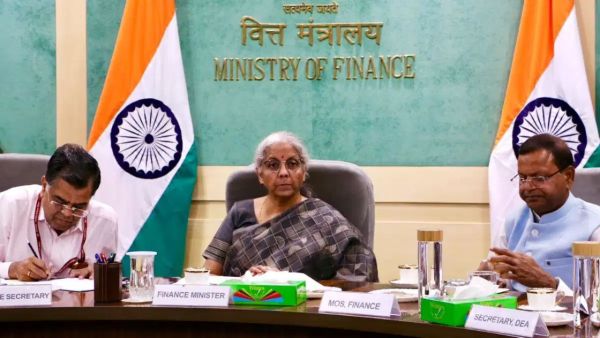
To support local manufacturing, the government is demanding custom duty on raw materials (inputs) used in medical components, electronics goods and footwear industries in the upcoming budget. If this happens then the economy will also gain momentum. There will also be an increase in jobs. Harpreet Singh, partner (indirect taxes), Deloitte India, said the main demands of the customs side from the Budget 2025-26 to be presented in Parliament on February 1 will be rate rationalization, simplification of the system and litigation and dispute management. .
Singh said that on the lines of Phasewise Manufacturing Scheme, we expect some duty cuts in raw materials in electronics, home appliances, health care products and pharmaceuticals. These are the industries where the government wants to give incentives in terms of manufacturing. On the proposed customs duty rationalization announced in the Budget presented in July, 2024, Singh said the sectors where taxes can be rationalized include healthcare, medical device manufacturing, large electronic goods like refrigerators, ACs, electronics, shoes and toys. .
A comprehensive review of the customs duty structure for ease of doing business was announced in the budget for the financial year 2024-25. It was said that the customs duty structure will be reviewed in the next six months. This will ease doing business and help in reducing adverse duty structures and disputes. To reduce classification disputes, the Budget had announced a review of customs duty rates. Currently, there are more than a dozen customs duty rates, and the government is considering reducing the number of rate slabs to four or five.
Anurag Sehgal, managing director of Price Waterhouse & Company LLP, said the government may bring different slabs for different products, depending on where they are located in the value chain. Commodities can be classified as value added/primary and raw materials/intermediate, and slabs can be fixed accordingly. Shivkumar Ramji, executive director-indirect taxes, Nangia Anderson LLP, said there is a demand to simplify the customs structure to reduce multiplicity of rates.
Apart from this, there is also a need to correct the reverse duty structure. Additionally, there is a need to reduce classification disputes by harmonizing clarifications and rates. Manoj Mishra, partner, Grant Thornton India, said around Rs 50,000 crore is stuck in customs disputes and the amnesty scheme will help in resolving the disputes.